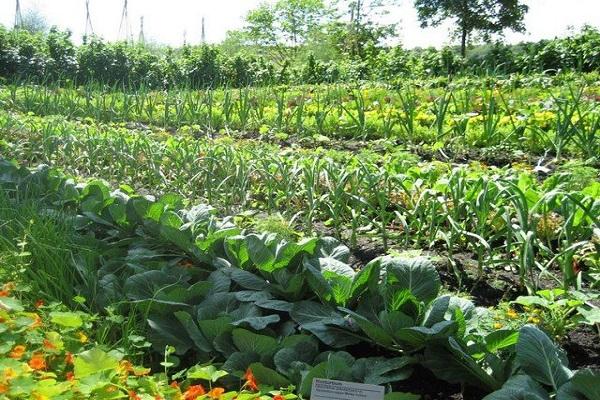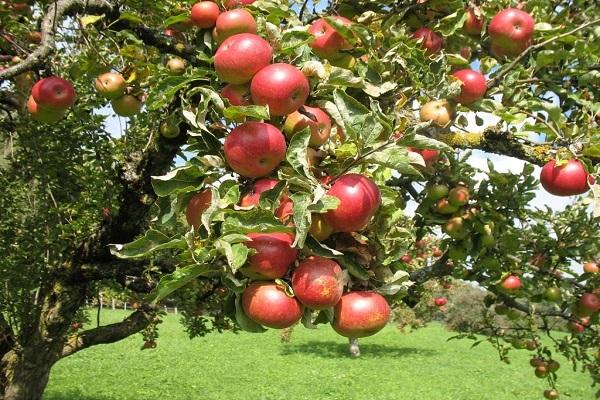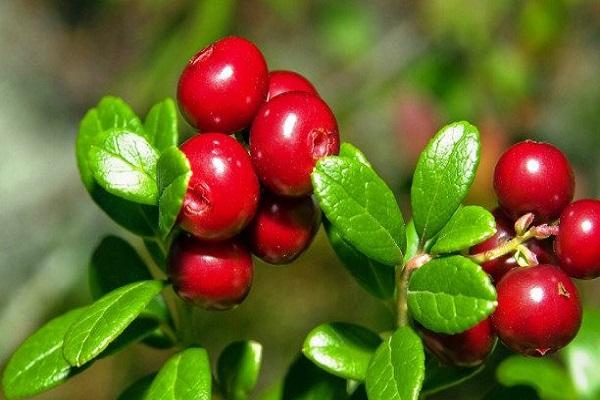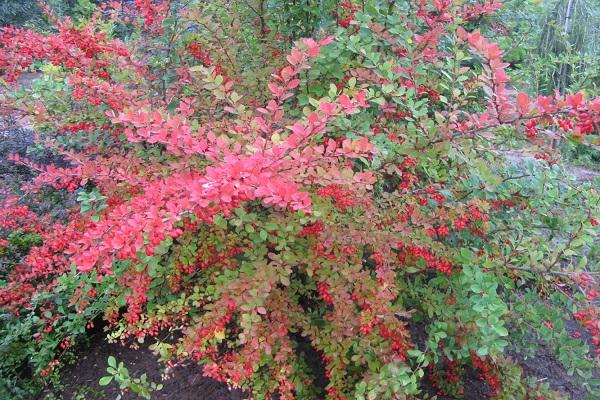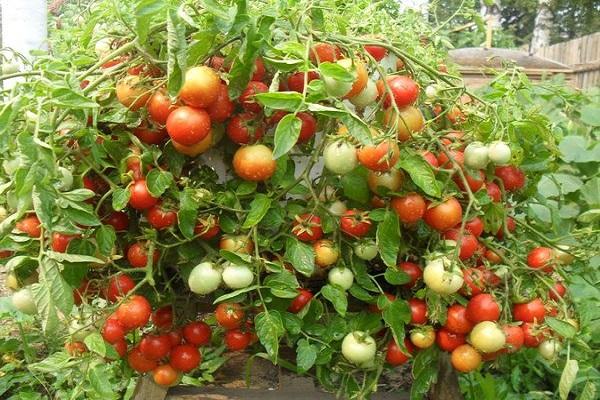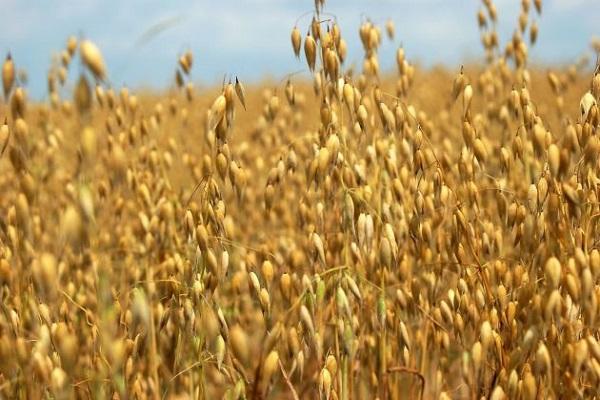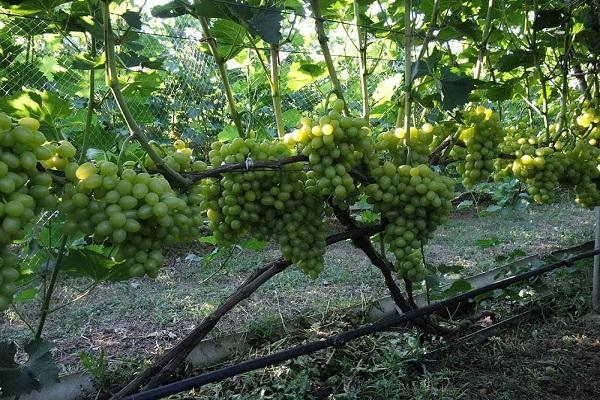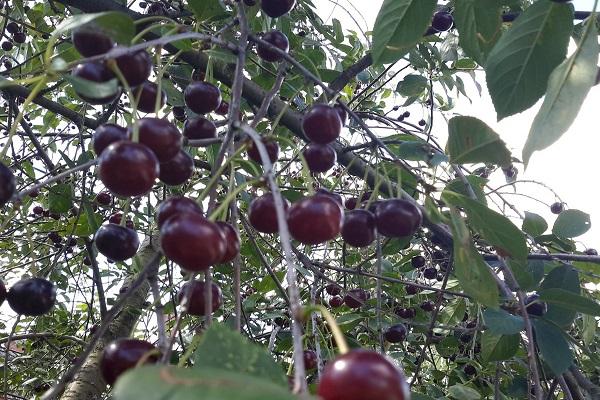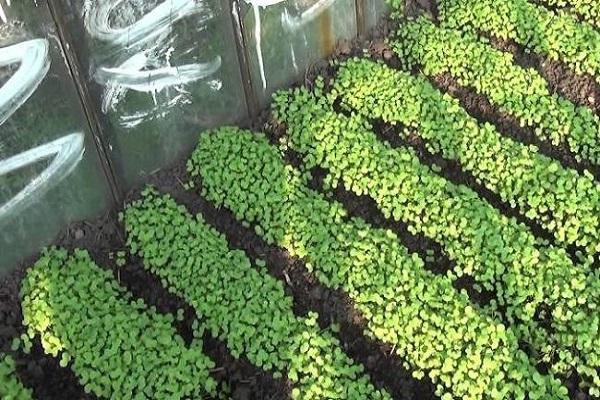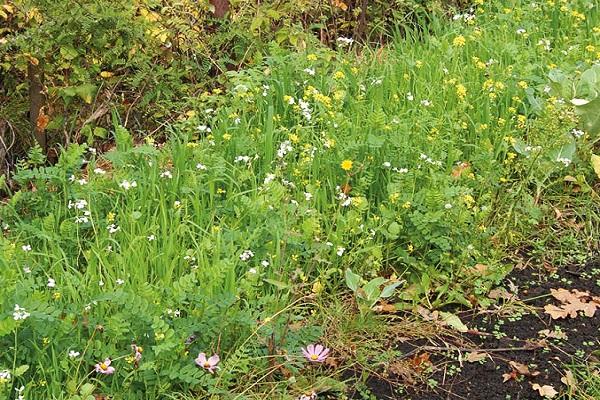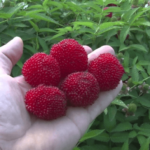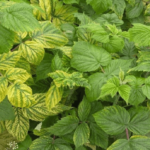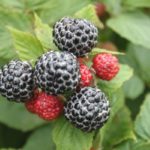Planting raspberries requires compliance with the rules for choosing soil and neighboring crops on the site. To achieve a harvest, gardeners need to know what can be planted without harming the plant after the raspberries on the site.
- Is it possible to plant raspberries of different varieties in the same bed?
- Neighborhood with raspberries
- What can you plant next to raspberries?
- Apple tree
- Pear
- Plum
- Rowan
- Honeysuckle
- Juniper
- Barberry
- Red and black currants
- Rose bushes
- Tomato
- Dill
- Oats
- What plants should not be planted together?
- Corn
- Grape
- Sea buckthorn
- Strawberry
- Cherry
- What to plant after raspberries next year
- Green manure
- Roses or hydrangeas
- Strawberry
- Pumpkin and tomatoes
Is it possible to plant raspberries of different varieties in the same bed?
Many gardeners do not know whether it is possible to plant different varieties of raspberries together in one area and still get a harvest. The berry is a self-fertile plant that does not require pollination, so planting several varieties of the crop together will not affect the harvest. Some experts claim that such actions lead to an improvement in the taste of the fruit.
The use of this method can only cause discomfort in care, since varieties may require different fertilizers. Also, when planting varieties in the garden, it is necessary to leave marks that will allow you to determine the raspberry variety a year later, when it is necessary to thin out the bushes.
Important. The shrub propagates by cuttings, but using the seeds of dusty varieties, a new species can be developed.
Neighborhood with raspberries
For raspberries, the ideal solution is a separate bed on which the bushes of the crop are placed. Often there is no free space, so other types of crops are planted nearby that do not affect the development and fertility of raspberries.
What can you plant next to raspberries?
When choosing crops that will be placed next to the berry, it is necessary to take into account the depth of the root placement, as well as what nutrients are needed for development. Some types of shrubs and fruit trees that get along well can be planted near raspberries.
If you have any doubts about whether it is possible to plant blackberries next to raspberries in one garden plot, the answer is yes. Since these two crops coexist next door, a distance of 1 meter should be maintained between the bushes for comfortable plant care. Blackberries also prevent the development of diseases on the berry bush.
Apple tree
Raspberries and apple trees are good neighbors; the crops will develop and bear fruit.The roots of the apple tree penetrate much deeper into the soil and do not affect the bush. Raspberries loosen the soil, which allows more oxygen to penetrate into the soil. However, such a neighborhood is permissible until the apple tree begins to develop a crown; after the crown grows, it will shade the bush, which can lead to its complete death. Therefore, after a few years, the raspberry bush must be transplanted to a sunny place.
Pear
When planting a pear in the same bed with raspberries, problems may arise that will negatively affect the tree. Since the shrub has a root, which is located on the surface, which leads to the absorption of moisture. If it is necessary to plant raspberries and pears, it is necessary to maintain a distance of 4 meters between crops.
Plum
When planting plums and raspberries in the same bed, you need to choose a sunny place and water regularly, only in this case the neighborhood will be successful. The distance between the plum and the bush is at least 2-3 meters. This is necessary so that the plum root system can absorb the required amount of moisture.
Rowan
Planting rowan and raspberries in the same area prevents the occurrence of pests on the bush. Crops are saturated with different nutrients from the soil, so they do not affect each other. In such a neighborhood, it is necessary to ensure that the raspberries do not grow and regularly remove old shoots.
Honeysuckle
The culture can develop together with raspberry bushes. Raspberries help prevent problems such as the appearance of putrefactive bacteria in the root system. The raspberry rhizome loosens the soil and allows moisture to penetrate into the deep layers and nourish the roots of the honeysuckle.
Juniper
With such proximity, both crops develop and produce crops. Juniper helps repel pests from berries during the ripening period.
Barberry
If it is necessary to plant barberry and raspberry crops nearby, a distance of at least 2 meters must be maintained. Too close a neighborhood will result in the berry bush being shaded from the sun, resulting in a reduction in yield. Barberry can also contribute to the appearance of the unique taste of the berries.
Red and black currants
It is not recommended to plant currants close to raspberry bushes. The distance between crops should be 3 meters. Shrubs absorb the same nutrients, so when using this type of neighborhood, you need to take care of additional fertilizer.
Rose bushes
The rose is a good neighbor for raspberries, as it repels pests and attracts insects that pollinate the inflorescences and increase yield. Rose bushes also eliminate excessive soil acidity, which is necessary for the normal development of raspberry bushes.
Tomato
You can plant different varieties of tomato near the raspberry patch. Tomato bushes repel harmful insects that damage the berries. Tomatoes tend to release biological substances into the air that increase raspberry yields. Also, when asked what vegetables can be planted in the garden next to raspberries, it is necessary to note such crops as potatoes, peppers and parsley.
Dill
Planting dill in the same area as raspberries helps protect the berries from pests. Dill, spreading its scent, repels winged pests. The same result can be achieved when planting garlic on a plot.
Oats
Planting near oats will eliminate unwanted raspberry growth.Oats are planted around the berries, due to which the soil is loosened, and the plants cover the raspberry roots for the winter.
Important. The use of oats in raspberry fields helps protect the bushes from wind damage, and also acts as a natural fertilizer.
What plants should not be planted together?
Raspberries are a demanding crop for neighbors, so some types of plants can damage the bush and reduce yields.
Corn
When planting corn next to raspberries, the appearance of young shoots of bushes is reduced. This method will keep the raspberry plant in the required shape. However, corn can absorb the nutritional components needed by the berry and lead to a decrease in yield.
Grape
You cannot plant grapes near a raspberry tree. The crop reduces berry yields and leads to diseases. Grapes are shrubs that require constant moisture, which promotes the appearance of rot on the root system of the berry. It is recommended to maintain a distance of at least 4 meters between the raspberry field and the vineyard.
Sea buckthorn
The root system of the plant grows very quickly, damaging all neighboring shrubs. Sea buckthorn roots take all the nutrients, which leads to the death of the raspberry tree.
Strawberry
It is not recommended to grow strawberry bushes near raspberries. These two crops have similar pests and regularly compete with each other for nutrients. The roots of the crops are at the same level, which leads to a lack of moisture.
Cherry
It is considered a bad neighbor for a raspberry plant. This happens for the following reasons:
- cherry roots grow over long distances and inhibit raspberries;
- during flowering, cherries attract pests that attack the inflorescences of raspberry bushes;
- cherry tree negatively affects the yield of berries.
Cherry trees grow quickly and shade the bushes from sunlight, which also negatively affects the yield.
What to plant after raspberries next year
It is recommended to plant other crops after raspberries only after one year. This is necessary so that the soil can rest and restore its supply of nutrients.
Green manure
After eliminating the raspberry bush, the use of green manure is a suitable method to restore the garden. The effect of green fertilizers is to restore the nutritional components of the soil; when they rot, they form fertilizer. You can plant green manure immediately after uprooting or replanting the raspberry tree.
Green manure includes the following plants:
- mustard;
- oats;
- lupine;
- rye;
- sweet clover
After using green manure, crops other than raspberries, strawberries, and blackberries can be planted.
Roses or hydrangeas
Using a plot for roses may be an ideal option for a former raspberry garden. Roses and raspberries have different nutritional needs; before planting roses, it is necessary to add organic fertilizer to the soil.
Hydrangeas can also be planted in raspberry fields, however, phosphorus fertilizers must be applied before planting, and planting should only be done the following year after uprooting the bushes.
Strawberry
Strawberries are not planted in soil in which raspberries have recently grown. This is due to the similarity of crops, with the same type of pests and diseases that can remain in the soil. Also, strawberries will develop poorly and will not produce the required harvest, since all the nutritional components in the soil have already been used by their predecessor.Strawberries can be planted no earlier than 3 years after the removal of raspberries.
Pumpkin and tomatoes
A vegetable such as pumpkin is demanding on the soil; if it is necessary to plant the seeds in a place where there was previously a raspberry tree, it is necessary to apply organic fertilizers in the fall. Tomatoes can be planted after raspberries, as they do not have common diseases and require a different type of nutrients. Also, the ideal solution would be to plant potatoes and legumes in the place where there were previously raspberries.
Raspberries are not only a useful berry growing in the garden, but also a crop that is demanding of neighboring plants. She loves sunlight and in the presence of shade can reduce the yield and die. For the harvest, it is important to follow the rules of cultivation, including the correct proximity.

